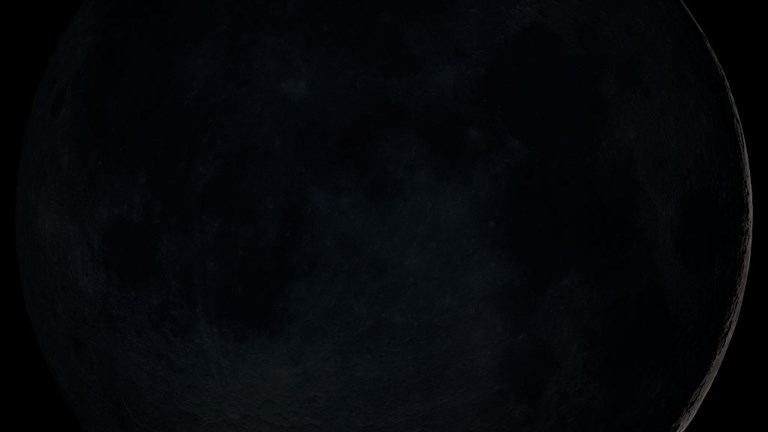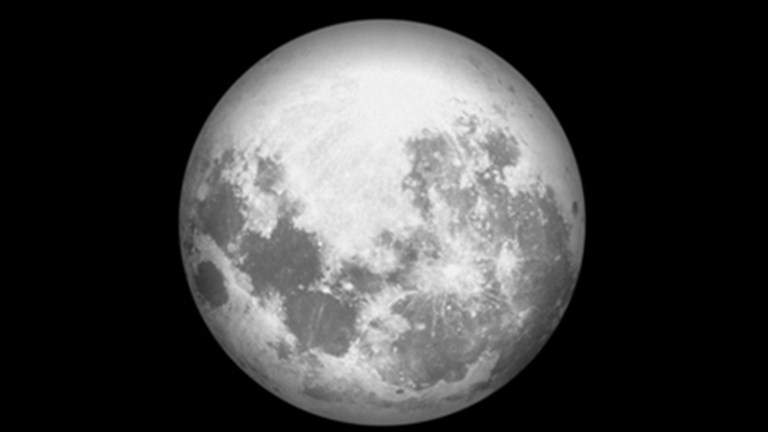
New Moon
The New Moon is visible in the daytime sky, but difficult to see (none of the lit side is facing us). The new moon is not visible in the night sky.
Observing the Moon is an excellent way to begin an interest in astronomy.
The Moon orbits the Earth about once a month. The Moon is always half lit because half of the Moon is always facing the Sun (just like the Earth). When we view the Moon from Earth, we see the half-lit Moon from different angles. We call the different ways we see the Moon, phases.
The images below show what the Moon looks like in the different phases and whether it can be seen during the daytime or night time. The direction in which to look for the Moon is also provided. The Moon rises in the east and sets in the west.

The New Moon is visible in the daytime sky, but difficult to see (none of the lit side is facing us). The new moon is not visible in the night sky.

The First Quarter Moon is visible in the afternoon in the eastern sky and in the evening in the western sky.

The Full Moon is not visible in the daytime sky. It appears in the east at sunset and is visible in the night sky.

In the Last Quarter the Moon is visible in the early morning in the eastern sky and later in the morning in the western sky.
The current phase of the Moon for Australia can be found on many websites. A Moon calendar is available online from the Calendar- Australia website.
Look for the Moon during the day and night. Write down the time that you see it. What part of the sky was the Moon in when you saw it? Is the location up high in the sky or low down?
Did you know...
We are making improvements to our website and would love to hear from you about your experience. Our survey takes around 10 minutes and you can enter the draw to win a $100 gift voucher at our online store!
Museums Victoria acknowledges the Wurundjeri Woi Wurrung and Boon Wurrung Bunurong peoples of the eastern Kulin Nations where we work, and First Peoples across Victoria and Australia.
First Peoples are advised that this site may contain voices, images, and names of people now passed and content of cultural significance.